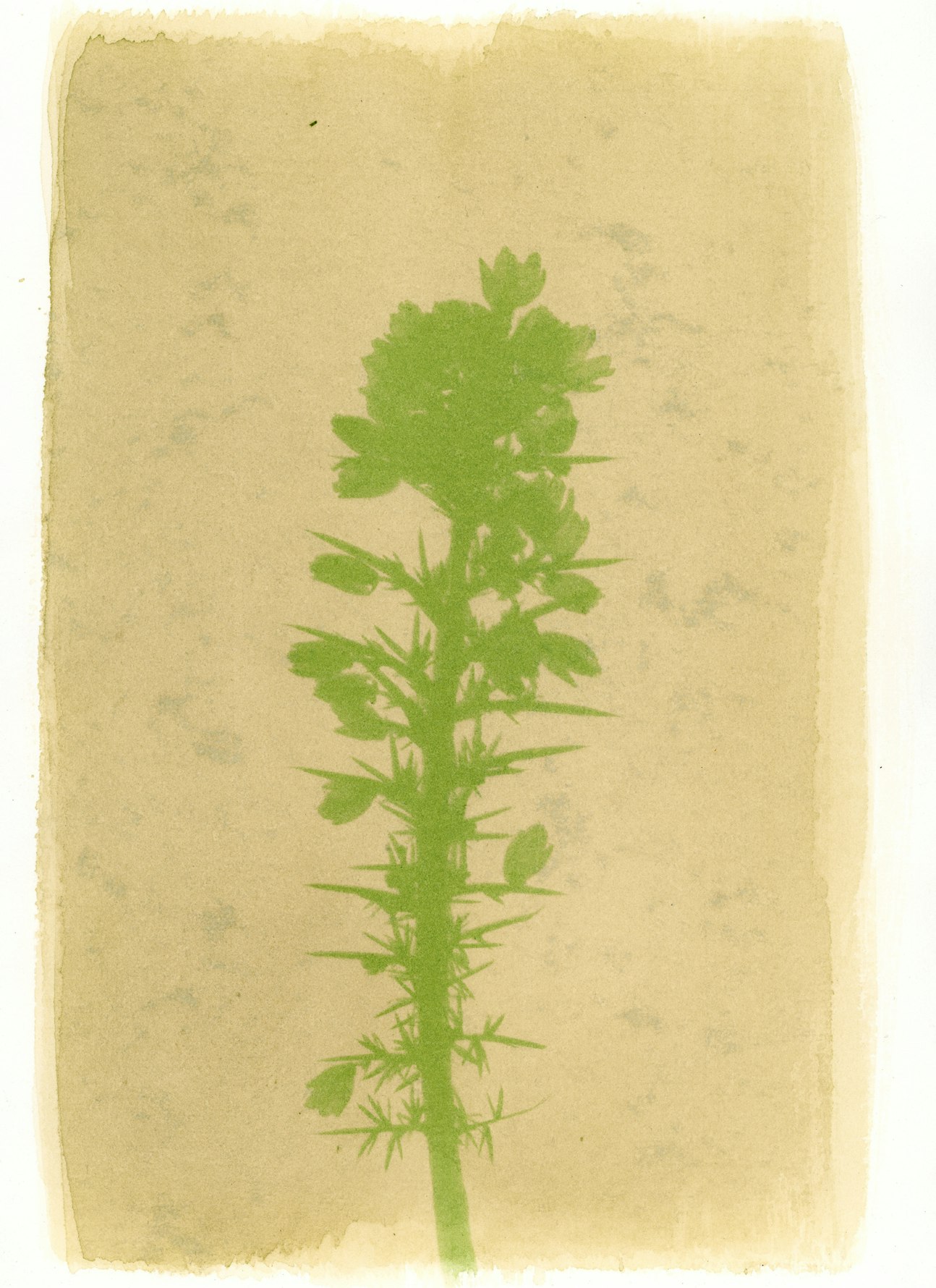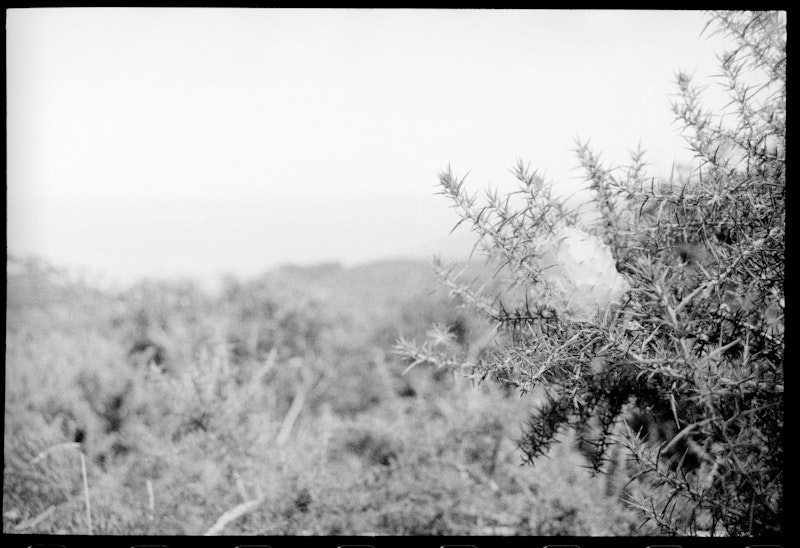
At the entrance to Hinewai Forest Reserve, bordering gorse is littered with the nests of endemic spider species Tuarahonu.

On the forest floor, remnants of the gorse remain. Endemic tree species came of age beneath a prickly nursery.
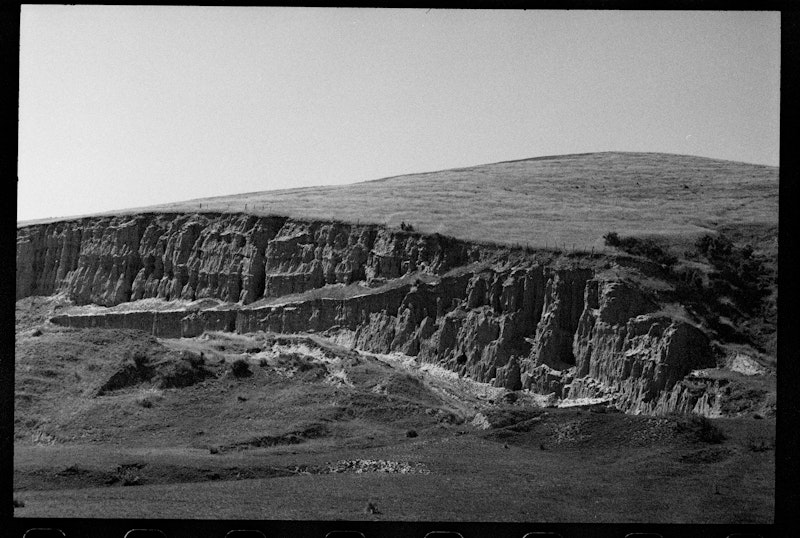
The landscape on the drive out to Hinewai Forest is fairly denuded of its original covering and eroding in parts.
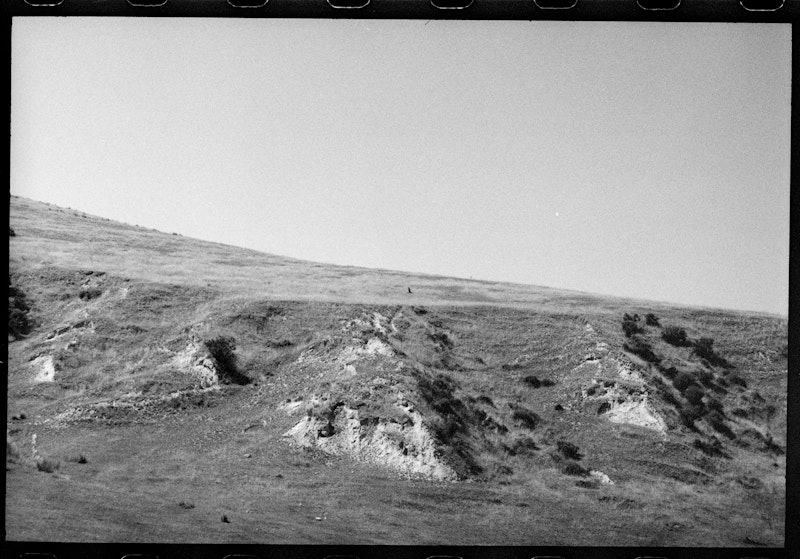
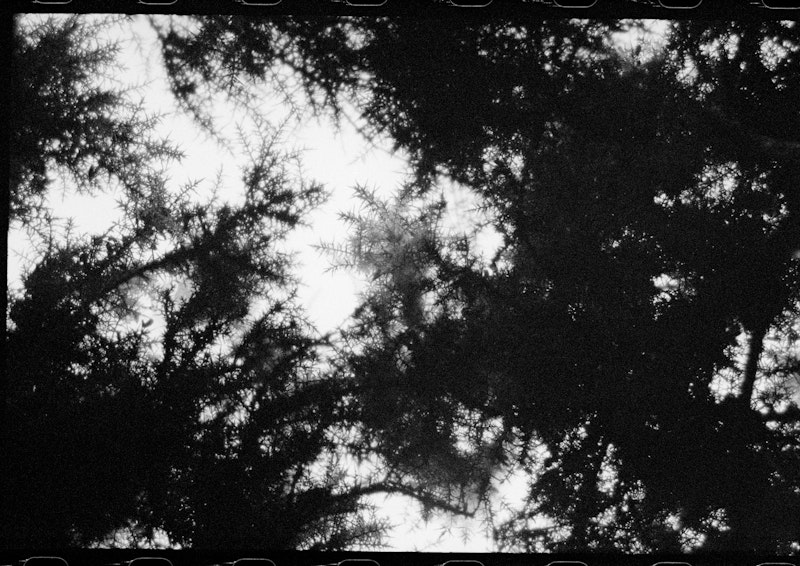
Gorse was originally introduced to Aotearoa for dividing confiscated land. It thrived in this warmer climate, soon escaping its hedgerows and invading pastures. This symbol of colonialism is transformed at Hinewai into a catalyst for change where it is key to natural reforestation.
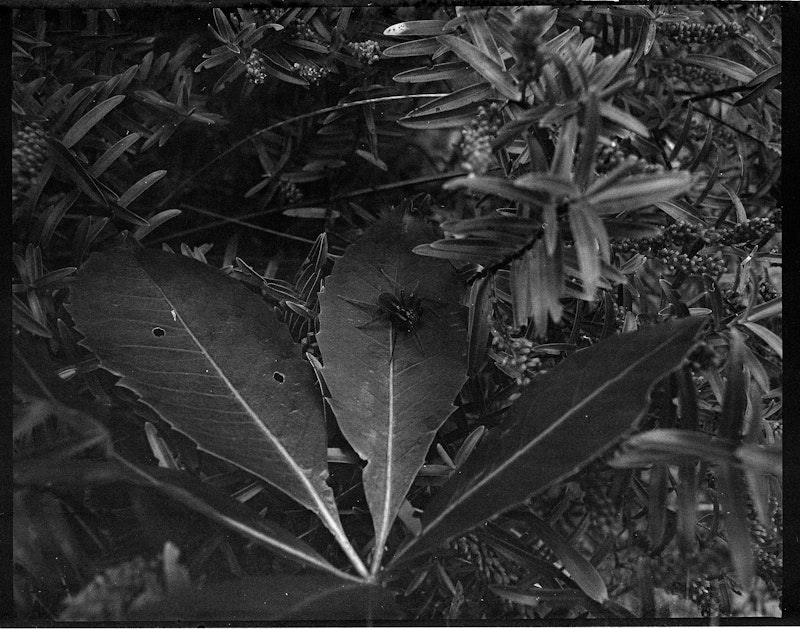

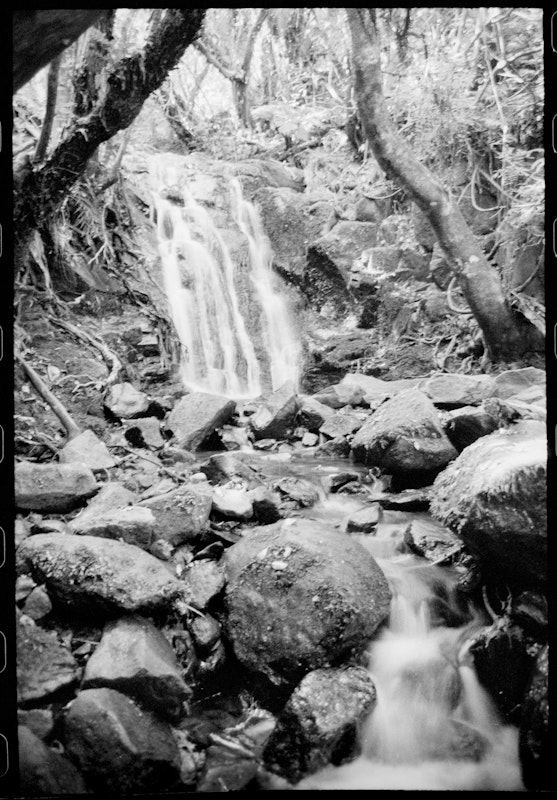
The landscape works in harmony, absorbing and releasing rain water, her rivers never run dry even when surrounding barren land is drought-stricken.
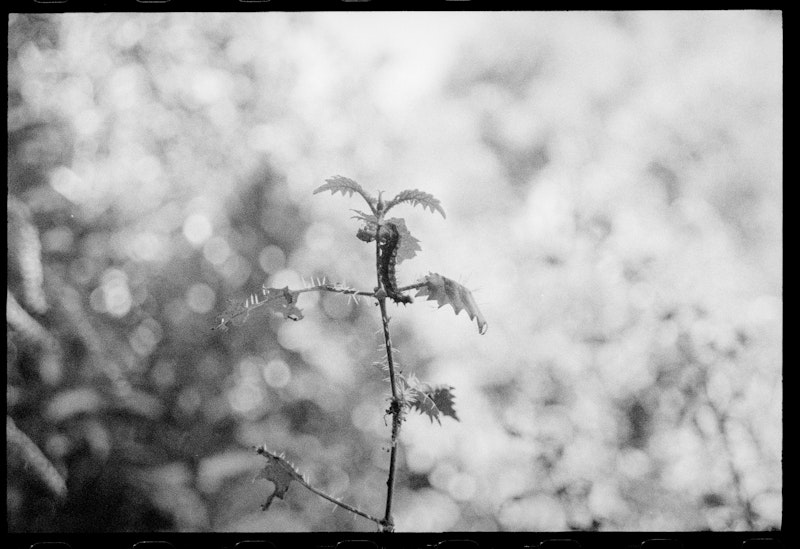
There is a large population of endemic Kahukura / Red admiral butterflies at Hinewai, where their preferred nursery plant, Oonga oonga / native tree nettle proliferates.
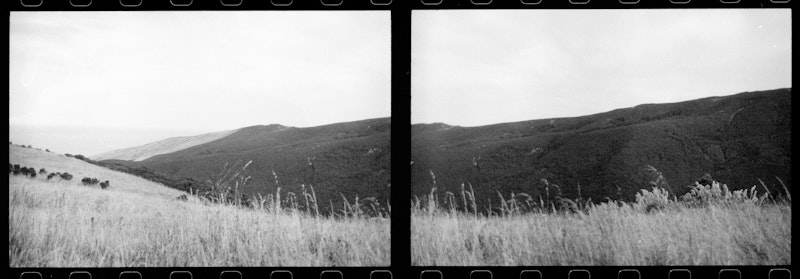
Within a whole catchment from summit to sea set aside allowing nature to reassert Her original covering.
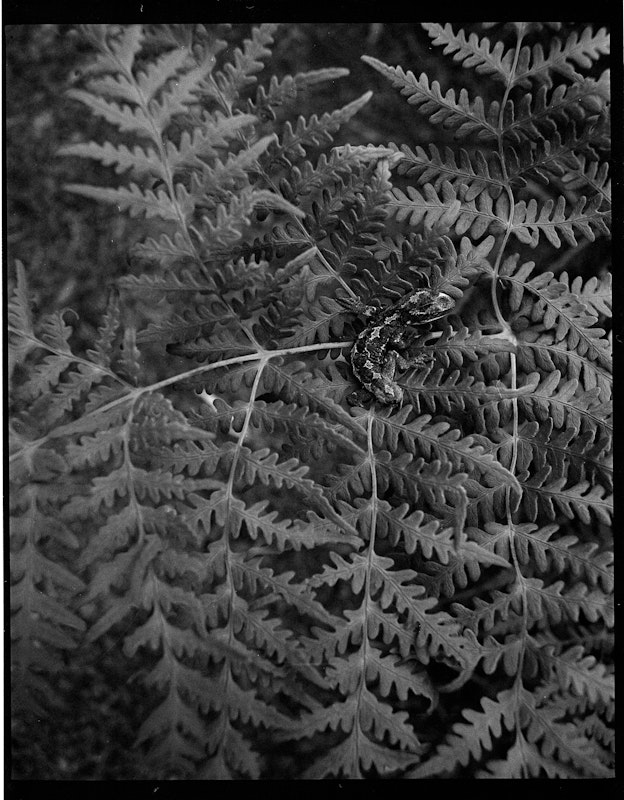
Rare local species have re-established.

Tane’s children thrive here.
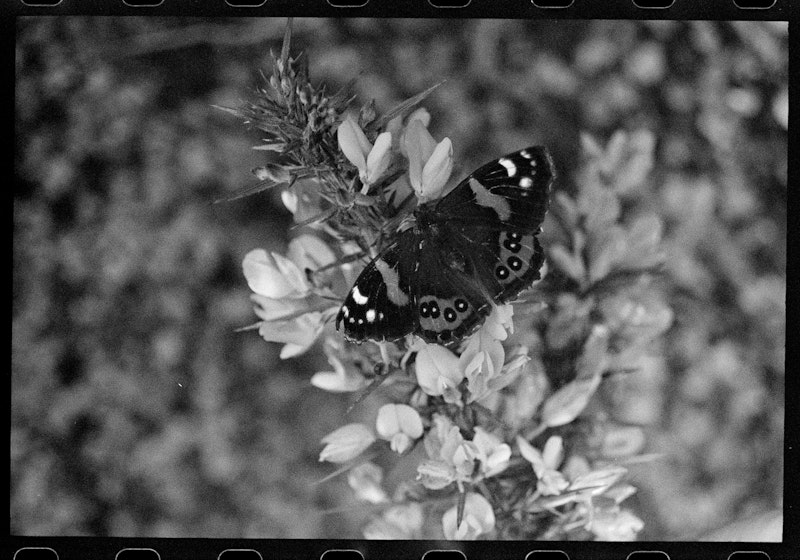
To be tangata Tiriti is to be like Hinewai gorse.



